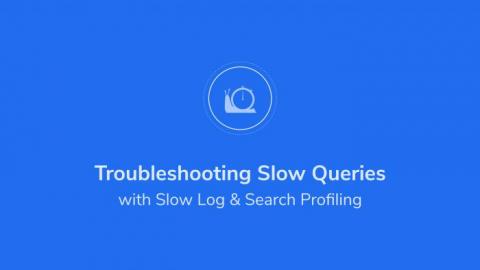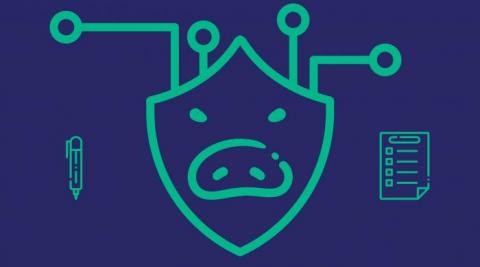Machine learning log analysis and why you need it
Your log analysis solution works through millions of lines of logs, which makes implementing a machine learning solution essential. Organizations are turning to machine learning log alerts as a replacement or enhancement of their traditional threshold alerts. As service uptime becomes a key differentiator, threshold alerts are only as good as your ability to foresee an issue.











